How To Get Your Products In Stores
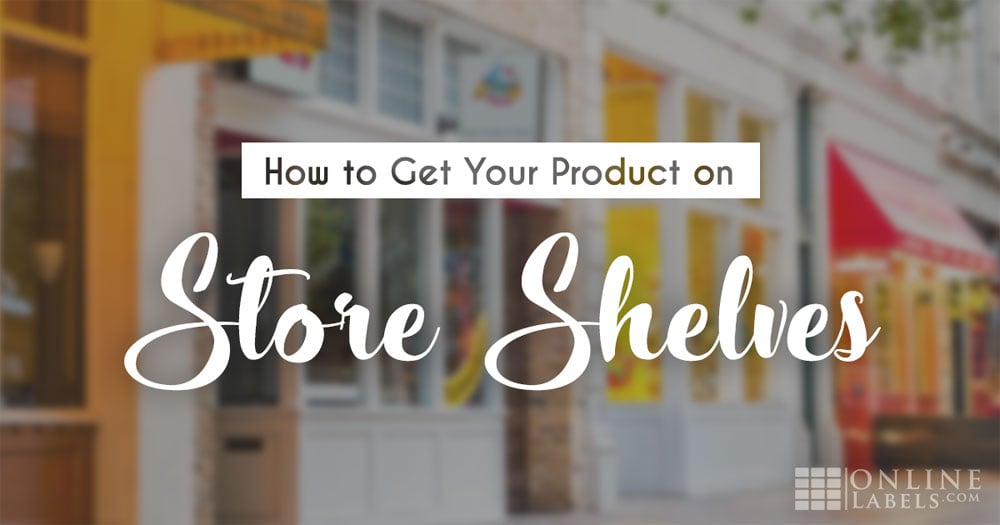
Whether you've already started selling products online, or you're still looking for that perfect product, consider getting your product onto store shelves.
Below, we highlight the advantages of offline retail, discuss how to determine if it's right for your business, and introduce ways to reach the physical market.
Advantages of Offline Retail
There are several pros to selling your product offline. Below, we've listed some of the biggest benefits of getting your items on store shelves.
Exposure
Unlike online selling, getting people to your product is usually the easiest thing to accomplish with physical retail. With a brick-and-mortar set-up, you have instant access to passersby.
A great location means your brand is easily visible to a large, diverse market – without having to heavily invest in digital marketing efforts.
Personal Experience
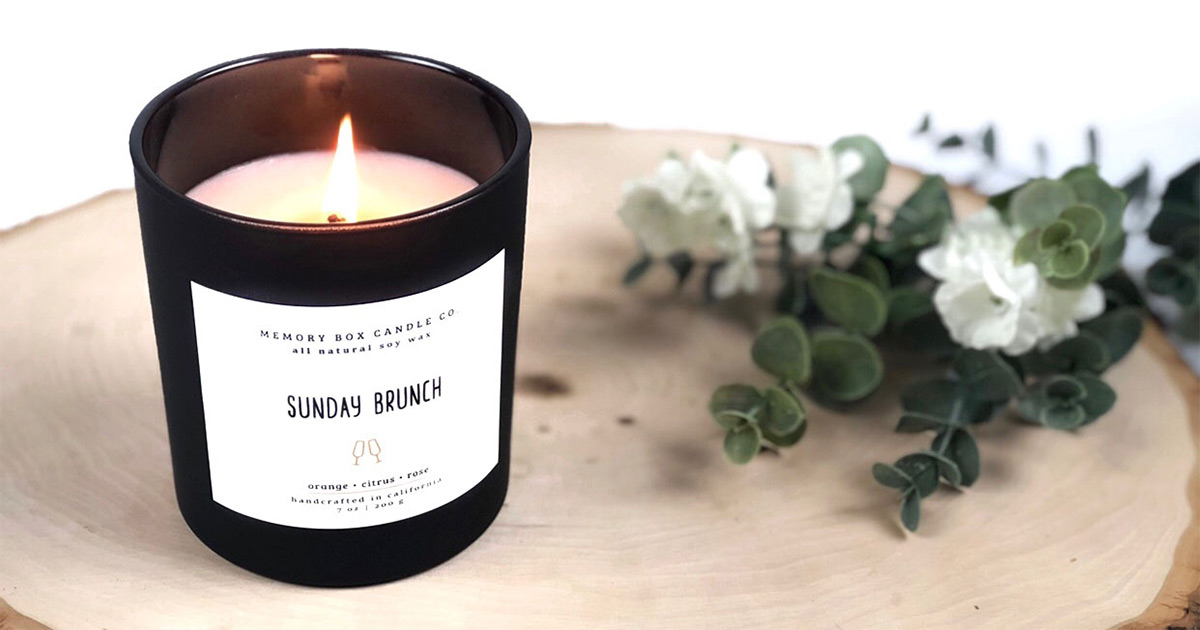
Touching and feeling a product gives shoppers a sense of emotional satisfaction and trust. This can be especially crucial for products that need explaining, sampling, or experiencing.
Customers don't have to imagine the candle scent, guess what size pants to order, or trust what color they are seeing on a screen. They can ensure the product will arrive undamaged, in good condition, and that it's exactly what they wanted.
Building Connections
In-store shopping gives sellers the powerful opportunity to meet and get to know their customers. From there, you can build a connection, better understand your audience, and identify better ways to serve them.
Plus, you can help create a unique, memorable shopping experience that keeps them coming back.
Minimal Shipping Costs
Shipping and handling can add up when it comes to online selling. Packaging your products for delivery can also add additional costs to your process. If you sell over-sized, irregular, or specialty items, you may find it's more cost-efficient to sell in-person.
Immediacy
Both online and offline retail offer versions of instantaneousness. Websites are always on, making it possible to shop day or night. But there's a delay in online shopping that we're all too familiar with – the time between ordering your item and receiving it.
That's the benefit of brick-and-mortars, your delay is relatively nonexistent.
Evaluating In-Store Selling
Selling in-store might be right for you if:
You're Profitable Online
Bringing your product experience to customers "in real life" will boost brand awareness and give your customers something new to rave about.
Your Product Is Sensual
It can be hard to showcase your product online sometimes. Maybe you sell scented candles and customers want to smell it before they buy. Or perhaps you're selling something that doesn't photograph well. In person, customers can get the full experience using their five senses.
You Need A Salesperson
It's much easier to convince your customers that taking home three is better than one when the product is literally at their fingertips. It's also easier to convince them to upgrade services, models, and more when the difference is visible and they can talk it out with someone.
Your Product Is Better Fresh
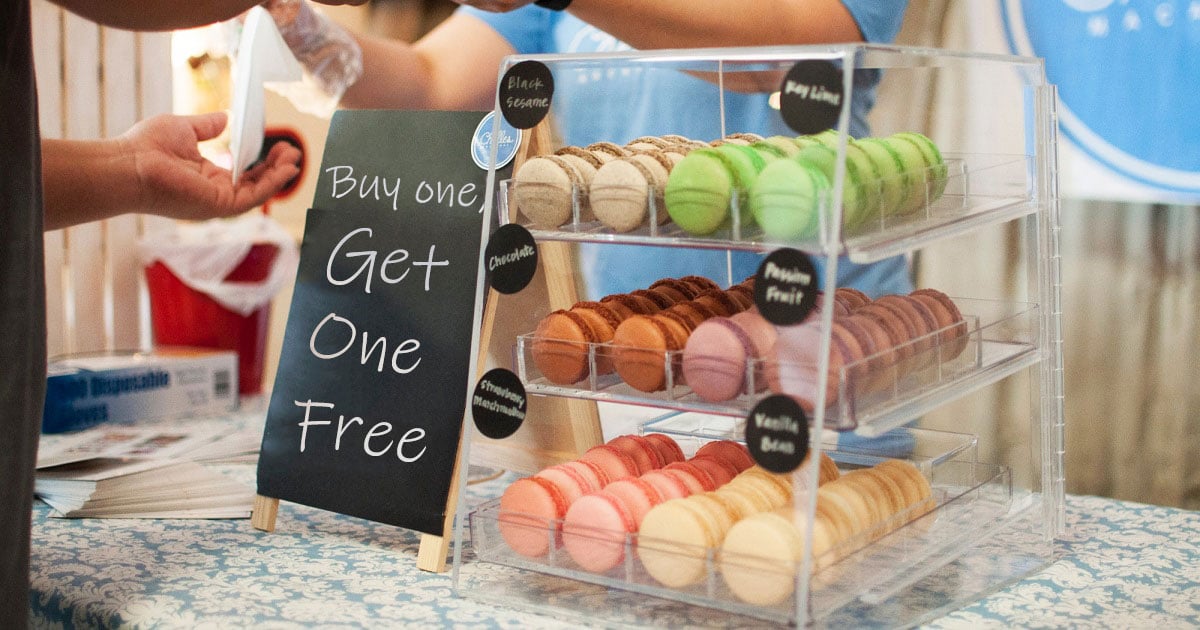
If you serve fresh items like food, drinks, or plants, you're likely to deliver a better customer experience in-person.
Your Product Is Too Good To Be True
Seeing your products on store shelves can give your company credibility. Potential customers know you're not an online scam.
You're Not Well-Known
If you're having trouble building your brand reputation, physical products may help you establish yourself in the marketplace.
You Want Set Hours
Online businesses are open all the time, with customers expecting 24/7 service. If you're a small team and don't want to hire outside help, having store hours in place may be a better fit.
Practice Before The Pitch
Before investing time and money in partnering with another shop owner, it's a good idea to prototype in-person sales for your product. Here are a few ways you can do this:
Join Farmer's Markets
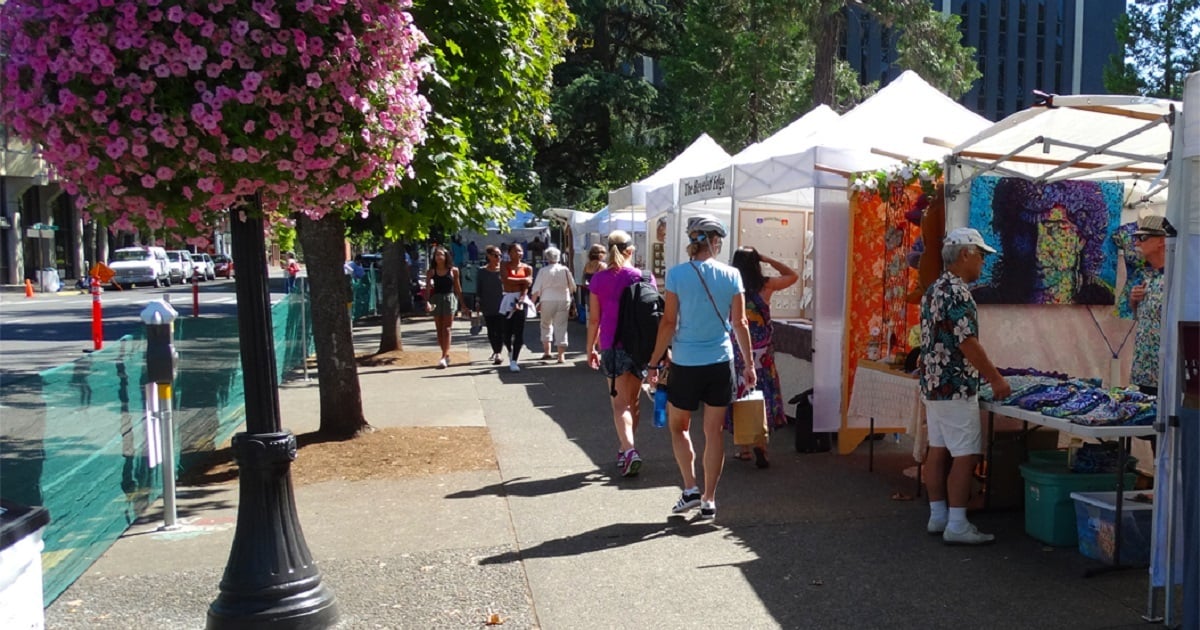
Farmer's markets occur regularly and attract local clientele, perfect for building public relations. Check out our farmer's market guide, and learn more about discovering craft fairs.
Open Pop-Up Shops
A pop-up shop is a temporary storefront. You may see a lot of these near the holidays, for example. This can be an affordable opportunity to go where the customers are – you don't need to rent or own any space. All the while, you're gaining exposure and creating a sense of urgency around your product.
Find Trade Shows
These are good if you're looking to become known industry-wide, not just locally. Consider going as an attendee the first year, to make sure it's a right fit for your product.
If it is your target, look into exhibiting. But make sure your products are ready for tradeshows first!
How to Get on Store Shelves
Once you decide selling in stores is right for you, here are two main ways to go about it:
Sell Consignment
Consignment means placing your product in a store, and receiving a certain percentage of sales once it's sold – usually 60-70%. This arrangement puts the burden of sale on you, making it a good choice if you don't have much brand reputation and need to convince a distributor to take a chance on you.
Sell Wholesale
Wholesaling means selling your product to a distributor, who then sells to the consumer. The product is usually bought in bulk at about 50% of retail price. The payoff percentage is less than consignment, but so is the risk. Once a wholesale dealer has purchased your product, that's it – you're paid and don't have to worry about sales.
Dive into wholesaling for small business and compare it to consignment in our article, Should I Sell Consignment or Wholesale?
Reach Out To Boutiques
Boutiques are diverse and full of personality. They're usually smaller and more focused, so you have a better chance of connecting with the right demographic. For the same reasons, they might be more willing to hear you out and sell your product(s).
Read our interview between a boutique owner and artisan.
Sell B2B
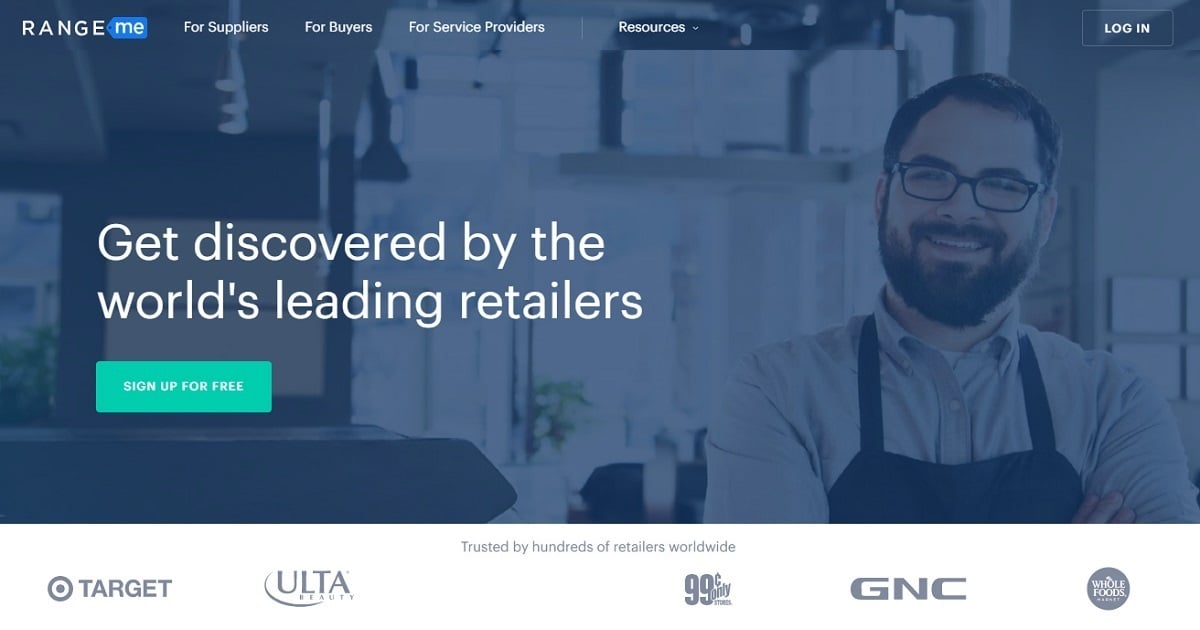
Put your products in front of the buyers for major retailers. Online wholesale marketplaces are a gold mine for small businesses that want their products to be picked up by the big players.
You create listings just like you would on Etsy or Amazon, but the "shoppers" are actually businesses deciding what products to carry. Get a crash-course on wholesale marketplaces.
Open Your Own Shop
You might be ready to open your own permanent storefront if you offer a large array of items or are already profitable in the physical market. This will give you the greatest amount of control over your product and your customer experience. Check out our full article on opening brick-and-mortar locations.
Whether it's online, offline, at a market, through a distributor, or in your own store, how you sell your product will depend on your product, your resources, and your audience.
Before you make that leap, make sure your brand is ready with professional product labels, price tag stickers, barcode labels, and more.
Want to get your product labels shelf-ready? Upgrade to premium materials or order large-scale jobs when you shop premium label solutions for enterprises, or fill out the form below!


